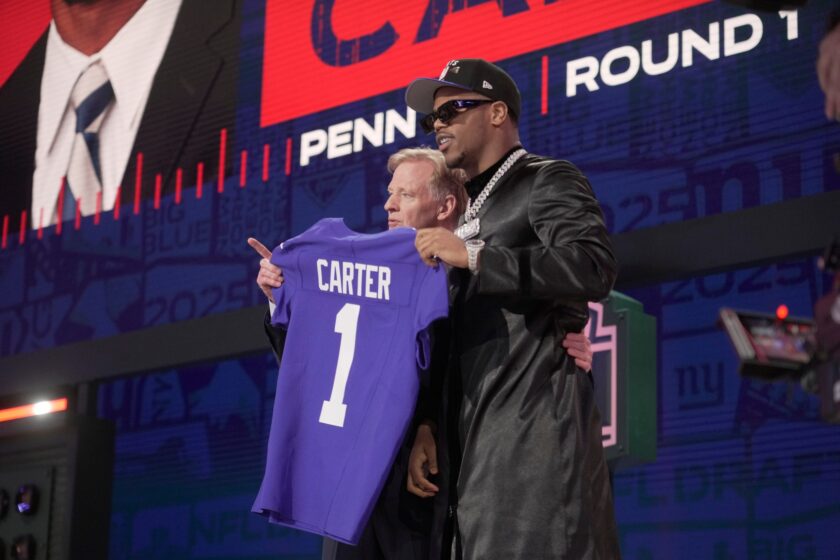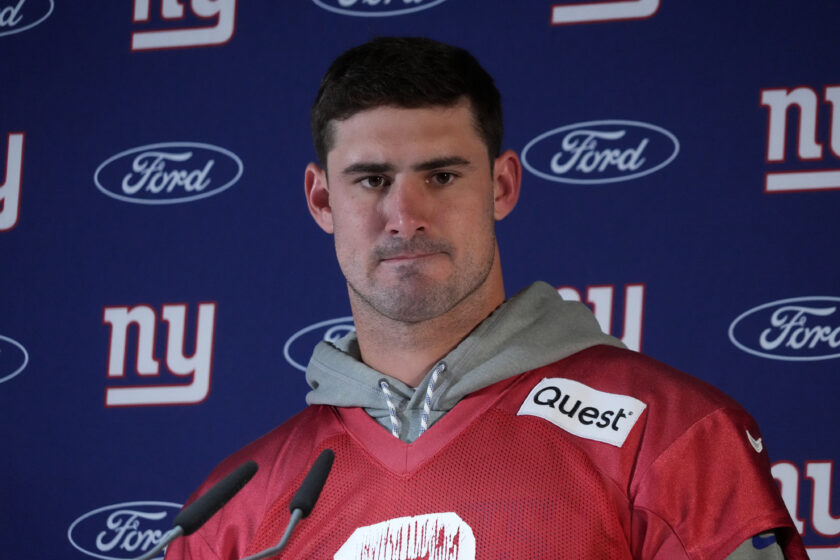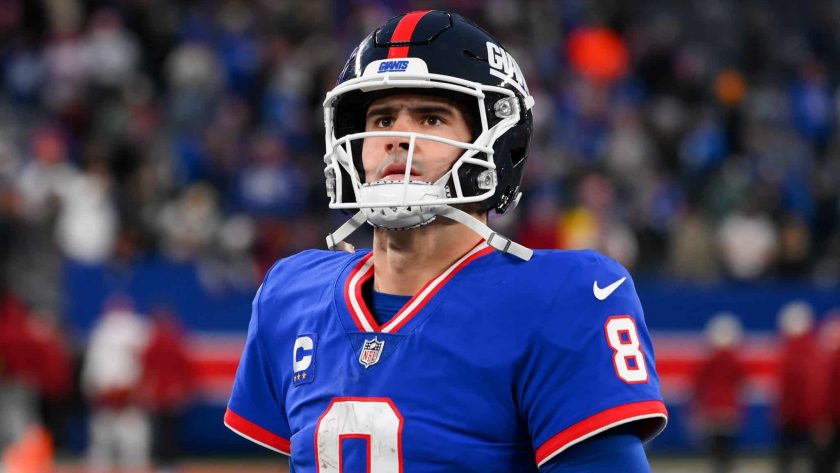New York Giants: Five biggest questions heading into the offseason
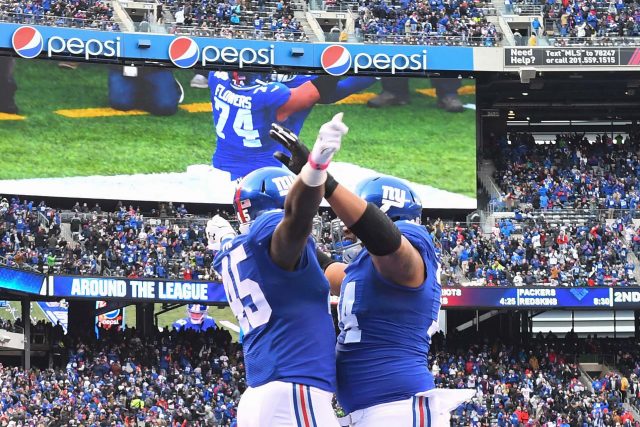
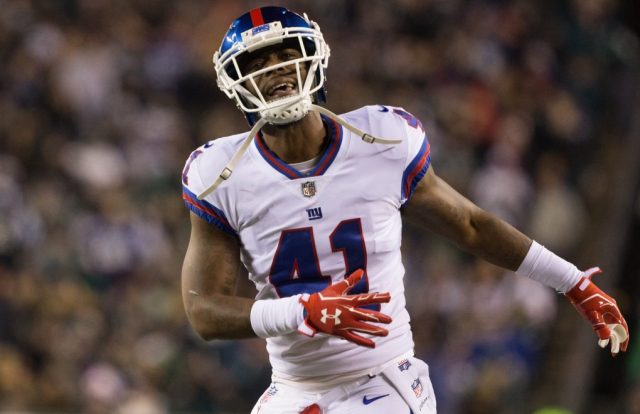
3. What do the Giants do with veterans Dominique Rodgers-Cromartie and Rashad Jennings?
With the youth movement the organization has undertaken under the Ben McAdoo regime, the Giants have difficult decisions to make this offseason regarding veteran players with large cap hits. Notably, what will the Giants do with expensive veterans Dominique Rodgers-Cromartie and Rashad Jennings?
Unlike Jennings, who saw a drop off in performance, Rodgers-Cromartie had a fantastic 2016. With the selection of Eli Apple in the first round — whose playing style is better suited for the outside — the Giants delegated the ever-important role of slot cornerback to DRC, who had limited experience in the slot prior to 2016. And in this position, while also rotating outside when needed, he had the best season of his nine-year career. The 30-year-old cornerback recorded 49 tackles, 6 interceptions, a sack, a forced fumble, and 21 passes defended. He played so well that he was honored with his first career All-Pro selection, and was rated the second-best cornerback in the NFL, according to Pro Football Focus.
The 30-year-old cornerback recorded 49 tackles, six interceptions, a sack, a forced fumble and 21 passes defended. He played so well that he was honored with his first career All-Pro selection, and was rated the second-best cornerback in the NFL, according to Pro Football Focus.
With a large cap hit of $9 million in 2017, the Giants will have to consider cutting him despite his success last season. If they were to cut him, they would free up $5 million in cap space for the team to use.[sc name=”NFL Center Right” ]
The arguments could be made that by drafting Eli Apple the Giants were essentially drafting Rodgers-Cromartie’s successor and that his yearly salary is too much to pay for a cornerback matching up against the opponent’s weaker receivers. However, his success in 2016, his emergence as a team leader and mentor to the young players on the defense and the importance of cornerback depth in today’s NFL make it very hard to justify his release. With the team in decent financial shape, a contract restructure seems entirely possible for DRC—but his possible release is not out of the question.
In the case of Rashad Jennings, the decision is not as difficult. Jennings struggled mightily in 2016, compiling only 593 rushing yards in 13 games averaging a putrid 3.3 yards per carry. The Giants have given him every opportunity to thrive, but he has not performed the way they would have hoped.
The poor play of the offensive line may account for some of the failure, but Jennings deserves a lion’s share of the blame. He is no longer an every-down back with his declining quickness and does not add anything out of the backfield as a receiver. His saving grace was his proficiency in pass protection, but this may not be enough to save him from becoming a cap casualty.
While Jennings may not be part of the Giants’ future, last year’s seventh-round selection Paul Perkins likely is. In limited playing time last season, Perkins showed a ton of promise. His quickness and elusiveness were evident, and his pass protection improved as the season went on. As his playing time increased, so did his play. All signs point to Perkins emerging as the starting running back in 2017, which does not bode well for Jennings.
If the Giants were to cut Jennings, they would save $2.5 million, which is noticeably large given his $3.062 million cap number in 2017. If the Giants see Perkins as the running back of the future, it would likely mean the end of Jennings’ tenure in New York. However, if they believe that Perkins is not ready for that role yet, then they may decide to retain Jennings to take on a lesser role next season.
[sc name=”Giants Link Slideshow” link=”elitesportsny.com/2017/02/08/new-york-giants-five-biggest-questions-heading-offseason-711/5/” text=”Is salsa in the 2017 plans?” ]
